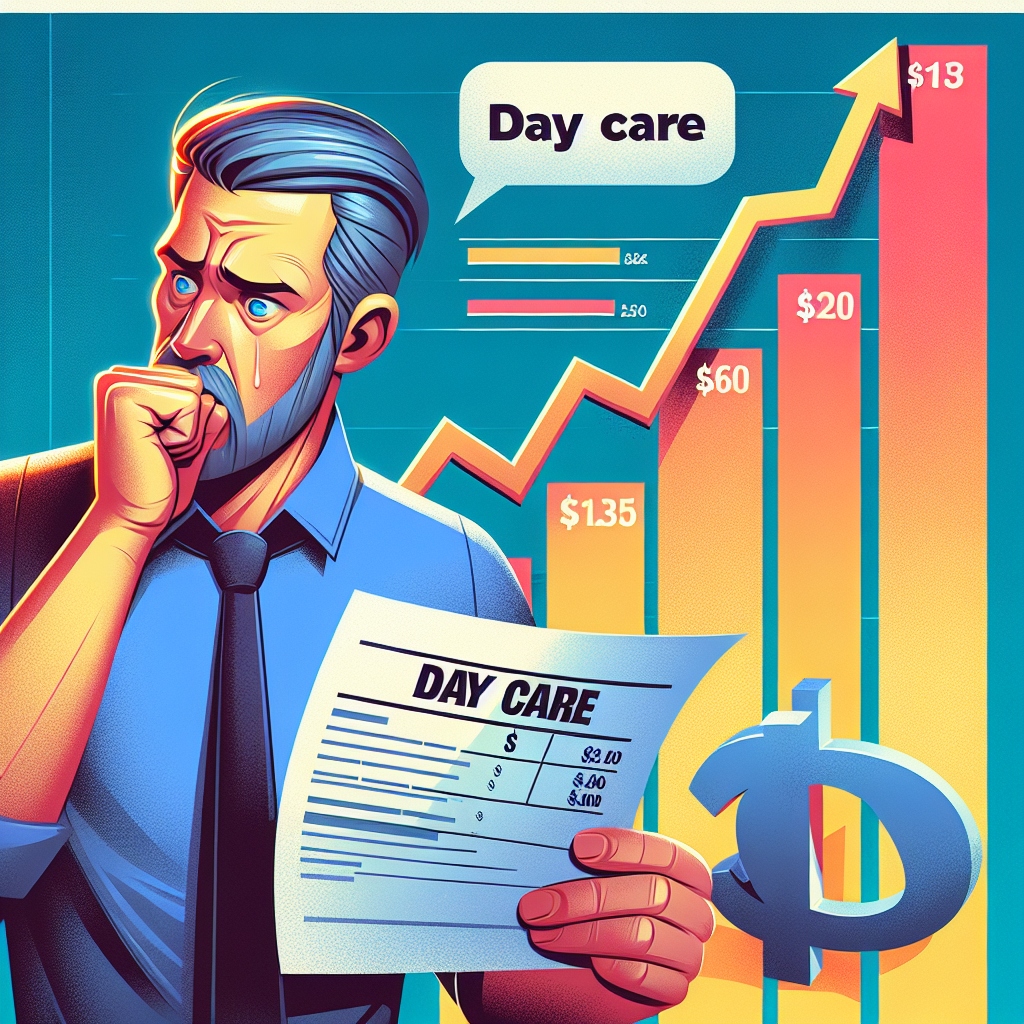Parents are well aware that the decision to raise a child carries with it not only immense emotional rewards but also imposing financial consequences, often equating to what feels like an additional mortgage-sized expense. Among these costs, childcare weighs particularly heavily. For more than a quarter of a century, the price of daycare and early childhood education has persistently risen faster than the broader rate of inflation, creating a daunting financial landscape for countless households and showing little prospect of slowing down. In some states, the situation has grown so acute that families find themselves allocating upwards of $30,000 annually to secure reliable care. Others attempt to reduce the strain by embracing fully remote work arrangements, juggling careers from home while children chatter and play just a few feet away, often in the background of professional meetings.
Since the year 2000, this trend has only accelerated: daycare and preschool services across American cities have experienced a staggering rise of approximately 153%, significantly outpacing the 90% increase in general consumer prices during that same span. This disparity exemplifies how childcare has become one of the most inflation-resistant and financially taxing necessities of modern family life. Now, as pandemic-era flexibility recedes and return-to-office mandates proliferate among employers, parents are increasingly compelled to pay for external care, regardless of the disproportionate strain on their budgets. More than two-thirds of families with children under 18 rely on two working parents, according to Bureau of Labor Statistics data, making the availability and affordability of childcare not merely a convenience but an economic imperative. For many, sustaining a dual income is the only option to cover household expenses — a reality that leads some parents to liken childcare payments to taking out a second mortgage simply for the privilege of having someone look after their children during working hours.
Consider, for example, the testimony of Jason Schilling, a father of two from Minneapolis, who described the shock of realizing that beyond celebrating new life, parenthood quickly brought with it what felt like an entirely new monthly mortgage. The cumulative costs of daycare, formula, diapers, and other essentials transformed the joy of parenting into a balancing act demanding constant financial vigilance. Other parents recount an even more grueling obstacle: the fierce competition to secure a spot in high-quality daycare centers. One couple lamented that the search resembled a battle for survival, akin to a dystopian contest, where only the most persistent succeed. The reality is that in many metropolitan regions, waitlists for reputable providers stretch as long as two years, compelling expectant parents to register for childcare almost immediately after confirming pregnancy. This state of affairs illustrates not just high costs but also a shortage of supply that exacerbates the pressure families feel.
These difficulties are compounded by the fact that the childcare sector itself has been slow to recover from the disruptions of the COVID-19 pandemic. Many facilities closed temporarily during lockdowns, and despite gradual reopening, labor shortages continue to hinder full recovery. Childcare professionals often leave the field altogether in response to low wages, exhausting workloads, and chronic burnout, further straining the fragile system. The consequence is a cycle in which available spots remain scarce while costs escalate—leaving parents the stark choice of paying exorbitant sums or modifying their own employment arrangements to compensate. Some parents, for instance, opt to cut back their hours dramatically, sacrificing much-needed income to care for their children directly. One mother reduced her schedule by half, thereby earning only half of her previous salary, solely to avoid daycare costs that could have otherwise reached $3,500 per month. Stories like hers are common, reflecting the depth of the crisis.
Looking toward the future, neither surveys nor economic projections offer much solace. While automation and technological advancements have demonstrably reduced costs in manufacturing and various service sectors, the intimate and highly personal nature of childcare does not lend itself easily to such efficiencies. The work demands human empathy, attentiveness, and adaptability that cannot be replicated by machines or streamlined processes. Experts caution that, absent significant policy interventions or systemic changes, the share of household income consumed by childcare will only continue to increase. This unsustainable trajectory not only places unbearable pressure on individual families but also carries broader macroeconomic consequences, threatening workforce participation rates and potentially hindering long-term economic growth. In short, parents are left to navigate a difficult reality: either shoulder steep expenses, or restructure their lives and careers, in a society that has yet to offer viable, affordable, and widely accessible alternatives.
Sourse: https://www.businessinsider.com/chart-expensive-daycare-childcare-inflation-working-parents-2025-8



